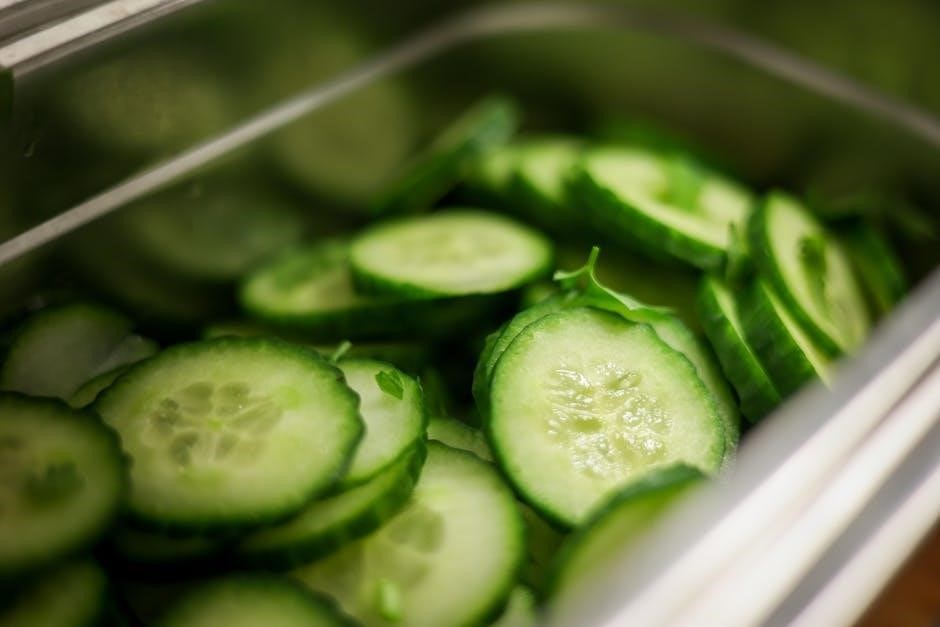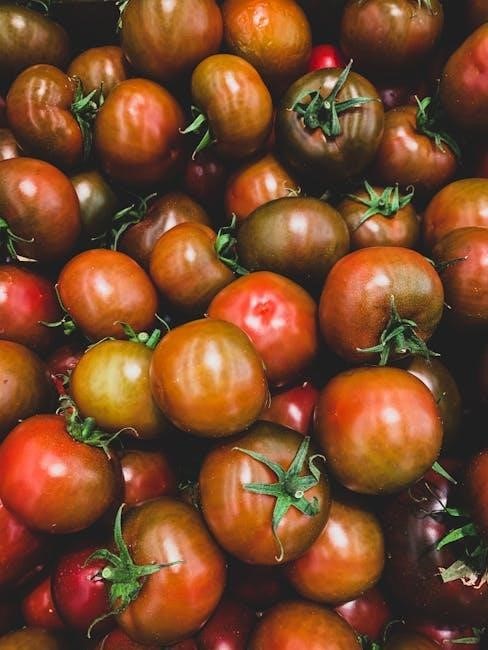The low histamine anti-inflammatory diet helps reduce symptoms by focusing on dietary changes and eating foods with smaller histamine levels naturally every day always.
Understanding Histamine Intolerance
Histamine intolerance occurs when the body is unable to break down histamine properly, leading to a buildup of this chemical in the body. This can cause a range of symptoms, including digestive issues, skin problems, and respiratory difficulties. The goal of managing histamine intolerance is to reduce the amount of histamine in the body and alleviate these symptoms. This can be achieved through dietary changes, such as avoiding foods that are high in histamine and focusing on foods that are low in histamine. By understanding the causes and effects of histamine intolerance, individuals can take steps to manage their symptoms and improve their overall health and wellbeing, which is essential for a healthy life and a balanced diet.
Key Principles of the Diet
The diet focuses on eating fresh foods and avoiding processed items always naturally every day.
Focusing on Dietary Changes
To manage histamine intolerance, it is essential to focus on dietary changes, this involves reducing histamine buildup and being mindful of symptom triggers, by making conscious food choices, individuals can better control their symptoms and improve overall health, a well-planned diet can help alleviate symptoms, and improve quality of life, dietary changes are a crucial step in managing histamine intolerance, and can be achieved by making informed food choices and avoiding trigger foods, this approach can help individuals take control of their health and reduce symptoms, by making dietary changes and being aware of food triggers, individuals can better manage their condition and improve their overall well-being, and reduce the risk of complications.
Low Histamine Food Options
Fresh foods like chicken and fish are naturally low in histamine levels always.
Safe Foods List
A safe foods list is essential for managing histamine intolerance, and it includes foods that are naturally low in histamine levels, such as fresh meats, fish, and poultry, as well as fresh fruits and vegetables, with the exception of certain high-histamine foods like citrus fruits and tomatoes, and it is also important to note that food preparation and storage can affect histamine levels, so it is recommended to eat foods fresh and avoid leftovers, and to choose foods that are rich in omega-3 fatty acids and other anti-inflammatory nutrients, which can help to reduce inflammation and alleviate symptoms, and it is also crucial to stay hydrated by drinking plenty of water.

Nutritional Benefits
Nutritional benefits include reduced inflammation and improved overall health always naturally.
Anti-Inflammatory Properties
The anti-inflammatory properties of a low histamine diet are numerous, with certain foods and nutrients possessing the ability to reduce inflammation in the body. Foods rich in omega-3 fatty acids, such as oily fish, have been shown to have anti-inflammatory effects. Additionally, other nutrients like bromelain, found in pineapple, have also been found to possess anti-inflammatory properties. These nutrients work together to reduce inflammation and promote overall health. A low histamine diet can help to reduce inflammation and alleviate symptoms associated with histamine intolerance. By incorporating anti-inflammatory foods into the diet, individuals can experience a range of health benefits, including reduced inflammation and improved overall well-being, which can be achieved through a well-planned low histamine diet. This can lead to a significant improvement in quality of life.

Importance of Omega-3 Fatty Acids
Omega-3 fatty acids support immune system health and reduce inflammation naturally every day always with food and nutrients together perfectly.
Supporting a Healthy Immune System
Supporting a healthy immune system is crucial for overall well-being and reducing inflammation. A balanced diet that includes omega-3 fatty acids, antioxidants, and other essential nutrients can help achieve this. Foods rich in omega-3s, such as oily fish, are particularly beneficial. Additionally, a low histamine diet can also play a role in supporting immune system health by reducing the amount of histamine in the body. By making informed food choices,! individuals can help support their immune system and reduce the risk of chronic diseases. A healthy immune system is essential for maintaining overall health and preventing illnesses, and a well-planned diet is a key component of this. Proper nutrition is vital for immune function.

Temporary Solution and Root Causes
The diet is a temporary solution addressing root causes is necessary always for long term relief and health benefits naturally every day.
Addressing the Underlying Issues
To effectively manage histamine intolerance, it is crucial to address the underlying issues that contribute to the condition. This involves identifying and avoiding trigger foods, as well as making lifestyle changes to reduce stress and promote overall health. By taking a comprehensive approach to addressing the underlying issues, individuals can better manage their symptoms and improve their quality of life. A low histamine diet is just one part of this approach, and it should be used in conjunction with other strategies to achieve optimal results. By working to address the underlying causes of histamine intolerance, individuals can reduce their reliance on dietary restrictions and promote long-term health and wellness.
Additional Beneficial Foods
Certain foods like pineapple and omega rich fish support immune system function naturally every day always with healthy nutrients and compounds present.
Olive Oil and Histamine Degradation
Olive oil has been shown to have a positive effect on histamine degradation, with properties that help to break down histamine in the body. This can be particularly beneficial for individuals with histamine intolerance, as it may help to reduce symptoms. The use of olive oil in cooking and as a dietary supplement can be a useful addition to a low histamine diet. By incorporating olive oil into their diet, individuals may be able to better manage their histamine levels and reduce the risk of adverse reactions. Overall, olive oil is a healthy and beneficial food that can play a role in supporting histamine degradation and overall health. Regular consumption of olive oil can have numerous health benefits.

and Next Steps
Download the low histamine diet plan pdf and start managing symptoms effectively every day with a new healthy lifestyle approach always online.
Downloadable Resources
To help manage histamine intolerance, various downloadable resources are available, including a low histamine diet plan pdf, which provides a comprehensive guide to reducing symptoms. These resources often include a list of safe foods, meal plans, and recipes to help individuals make informed dietary choices. The low histamine diet plan pdf is a valuable tool for those looking to manage their symptoms and improve their overall health. By downloading these resources, individuals can access a wealth of information and start making positive changes to their diet and lifestyle, ultimately leading to a reduction in histamine-related symptoms and an improvement in their quality of life with easy access online always.